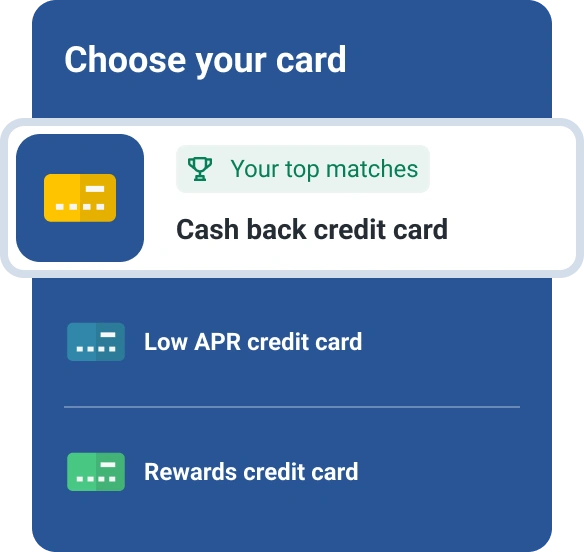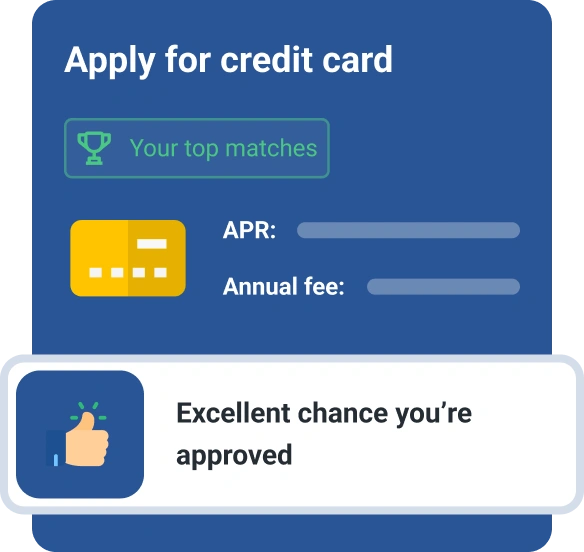Is There a Limit on Credit Card Interest Rates?
Quick Answer
Credit card interest rates aren’t limited by federal regulation. You can see how rates are trending using Fed data.

The Federal Reserve raised interest rates 10 times between March 2022 and May 2023. As a result, the average APR on credit cards increased 44% between the first quarter (Q1) of 2022 and Q1 2023, from 14.56% to 20.92%.
As interest rates rise, you may wonder whether there's any limit to what you'll be charged in interest on your credit cards. With few exceptions, there isn't. Though you can't rely on federal regulation to put a cap on interest rates, you can take steps to better understand the rates you're paying (or being offered on new cards), so you get a competitive APR even in a rising rate environment.
Is There a Maximum Credit Card APR?
There is no federal law limiting the interest credit card companies can charge in general. Credit card interest rates are capped at 36% for active-duty military service members and their covered dependents under the Military Lending Act. Active-duty service members who incurred credit card balances prior to active duty may request a credit card interest limit of 6% under the Servicemembers Civil Relief Act.
Some states have usury laws that limit the amount of interest that can be charged on different kinds of loans. However, these laws typically apply in the state where the credit card issuer is based—not necessarily the state where you live. Card companies often base their operations in states where usury laws are favorable (or nonexistent).
What's a Good Interest Rate on a Credit Card?
One indicator of a good interest rate on a credit card is that it falls below the national average. The Fed compiles data on credit card interest rates and reports them throughout the year. In Q1 2023, credit card interest rates averaged 20.92%.
Credit card APRs often rise and fall as the Federal Reserve increases or decreases the federal funds rate, which can trigger increases in the prime rate—the rate on which most credit card interest is based. In a rising interest rate environment, credit card APRs are likely to increase on both new and existing card accounts.
How to Check Your Interest Rates
Another key indicator is the interest rate you actually pay on your credit card, or are offered on a new card. A good interest rate is the best one you can get personally. You can check rate and fee information on your credit card statement or new card offer. A graphic called the Schumer box shows APRs and other charges associated with your card, including your purchase rate, the rate you pay on card balances carried over month to month.
Other Factors That Affect Your Rate
Your credit card interest rate may also depend on a variety of factors related to your card—and to you.
- Credit score: Cardholders with better credit can qualify for cards with lower APRs.
- Promotional rates: Some cards offer special limited-time promotional interest rates on balance transfers or purchases.
- Penalty APRs: Late payments can trigger penalty interest rates that are much higher than your card's usual APR. Read your card agreement to find out how long the penalty rate lasts.
- Cash advance rate: The APR you pay on cash advances may be higher than your regular purchase rate.
- Secured vs. unsecured cards: A secured credit card requires an opening deposit that's typically equal to your credit line. The card company will use your deposit to pay your credit card bill if you fall behind in your payments. Secured credit cards typically have higher interest rates than unsecured cards.
How to Find the Best Interest Rate on a Credit Card
If you're in the market for a new credit card, shopping around could help ensure you get the best APR. Follow these steps to get the information you need.
1. Check Your Credit
Good credit can help secure you the best interest rate on a new card. Get copies of your credit reports from all three credit reporting agencies—Experian, TransUnion and Equifax—by visiting AnnualCreditReport.com. You can also get your credit report and check your FICO® ScoreΘ for free from Experian at any time.
2. Compare Cards
Checking out multiple cards can help you find the most competitive rate. Using an online search tool like the one offered by Experian can connect you with multiple credit card offers based on your credit profile.
3. Read the Fine Print
Before signing a card agreement, look for the Schumer box and read the fine print so you understand how your interest rate is calculated; whether and when you're entitled to a promotional interest rate (for example, 0% for six months); what your penalty rate is if you're late with a payment; and other details that may affect your APR.
If credit issues are preventing you from getting a competitive APR, consider taking the next six months to a year to work on improving your credit. Making on-time payments, reducing your credit utilization and resisting the urge to apply for multiple new accounts may help lift your credit score over time.
The Bottom Line
Rising credit card interest rates can be frustrating. Given the cost of carrying a balance, you may want to pay down your credit card debt if possible, or consider a debt consolidation loan. Although interest rates on personal loans are also high, they're typically lower than rates on credit cards.
If you're looking for a new card with a more favorable APR or a personal loan to consolidate your debt, you may want to start by checking your credit report and credit score. And if your credit can use a little help, Experian Boost®ø may improve your credit score by factoring in your on-time payment history on utilities and rent.
Don’t apply blindly
Apply for credit cards confidently with personalized offers based on your credit profile. Get started with your FICO® Score for free.
See your offersAbout the author
Gayle Sato writes about financial services and personal financial wellness, with a special focus on how digital transformation is changing our relationship with money. As a business and health writer for more than two decades, she has covered the shift from traditional money management to a world of instant, invisible payments and on-the-fly mobile security apps.
Read more from Gayle

